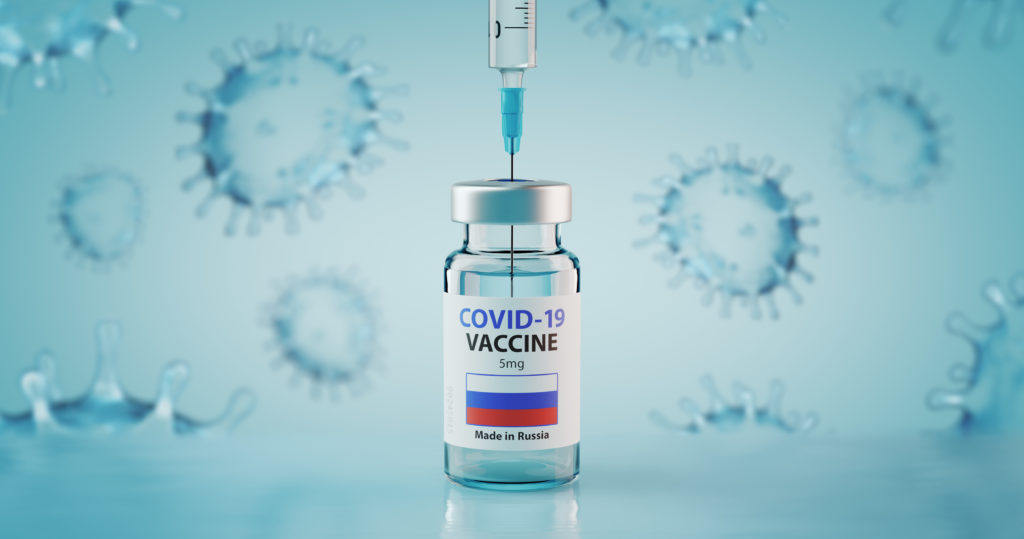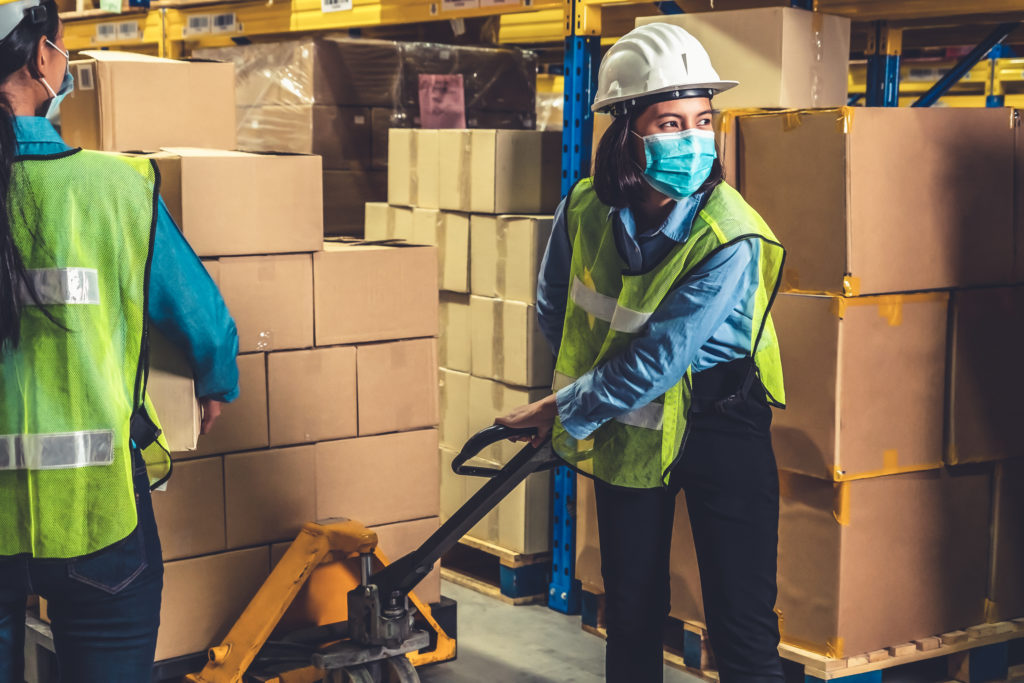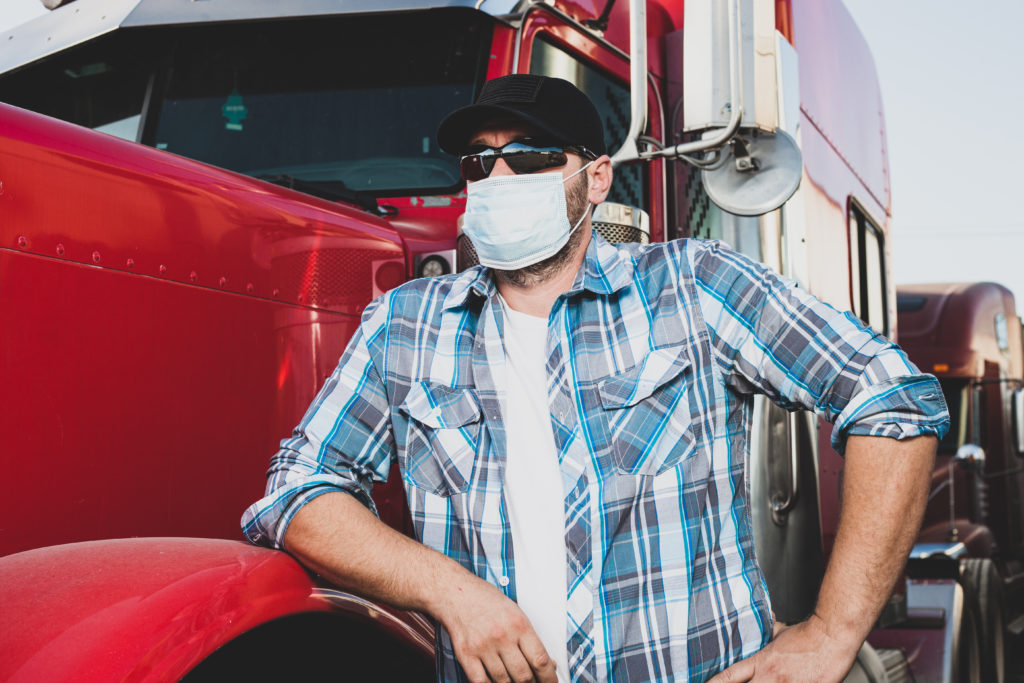
Lawmakers have been calling for manufacturing environment boosts regarding supply chain products and equipment in an effort to decrease any potential difficulties among supply chains hindered by COVID-19.
Last month, policymakers iterated the need for a safer and more efficient manner of goods production throughout the freight sector at a House Ways and Means hearing.
Oregon Representative and chairman of the trade matters subcommittee, Earl Blumenauer said he plans to move forward a bipartisan trade and manufacturing policy effort that will aim to create more reliable supply chains.
“In the conversations that have been developing around the topic of re-examining supply chains and the relationship between trade and manufacturing at home, there has been a lot of excitement regarding tax incentives, ‘Buy American’ policies, or applying additional tariffs,” said Blumenauer at the hearing. “In our examination, let us not fixate on one particular tool to the exclusion of others.”
The key, he explained, will be a collaborative effort to create the best possible changes and upgrades.
“Meaningful solutions will require us to work together, to be thoughtful, strategic, and creative. They will require our best tools and ideas to work in concert, likely across different policy areas. Without prejudging what those specific tools may be, I am confident that trade policy is an important part of the answer.”
Throughout the pandemic, particular instances of supply chain disruptions have proven to be catastrophic–especially those of Personal Protective Equipment. PPE supply chains have been unable to meet the demand brought about by the coronavirus, especially with July’s spike in nationwide cases. Since then, the country has seen major PPE shortages, as well as shortages of important drugs like Remdesivir.
Although the Trump Administration often turns a blind eye to the shortage of supplies like these, many members of the administration, as well as congressional Democrats and Republicans, have been working to relocate some of these PPE supply chains to the U.S. This effort would require an increase in domestic production, and would align with calls to return manufacturing efforts to the country–a major focus of the Trump Administration’s economic plan.
“This pandemic has shown us how important it is for us to be medically independent and to have supply chains that are reliable and flexible, no matter how they are structured,” said Rep. Vern Buchanan of Florida. “If we want stronger and more resilient supply chains here, then this must be the best place in the world to do business. The pandemic has showcased the urgency for having vital medical products like PPE and pharmaceuticals available quickly and reliable. We cannot rely on our adversaries, like China.”
To combat the virus, the United States quickly leaned on foreign manufacturers for PPE and for masks in general. Because of China’s own outbreaks, its factories could not operate a full capacity and many American companies and factories began breaking from their usual inventory to produce face shields and masks.
Tax-writing Finance Committee chairman Chuck Grassley explained the need for large changes in how the country has operated its supply chains thus far. “We cannot allow our supply chains to rely so heavily on China,” he said, “and I look forward to working with my colleagues, on both sides of the aisle, to discuss how we can diversify our supply chains and increase our domestic manufacturing capacity.”
Other experts have studied how the pandemic has affected pricing changes within the marketplace, especially as delivery drivers and essential workers have been working overtime to meet demands.
Carnegie Mellon University professor of engineering and public policy, Erica Fuchs, discussed with House lawmakers the ways in which manufacturing could get the improvement it needs through specific infrastructure investments.
“By infrastructure, I mean not just roads, bridges, transit networks, water systems, and dams, but also [the] energy, communications, manufacturing, and data infrastructure necessary for all of those,” she explained. “In the same way that we need to build domestically the products that global markets want and only we can make, our infrastructure investments need to be for the infrastructure and the future.”
She also noted that transit infrastructure needs new designs that will allow for safe and easy implementation of smart city systems and driverless vehicles, as well as enable the necessary data infrastructure for better security and privacy.




